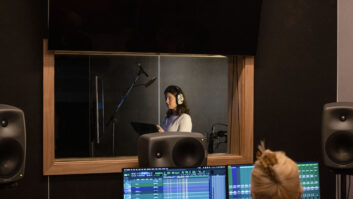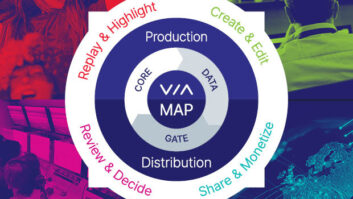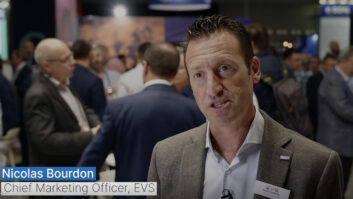
A few years ago the term media asset management was bandied around like 3D is today: many companies claimed they could do it but few had the experience and capabilities to do it well. Fast forward to 2011 and there are still only a tiny number of manufacturers that can provide fully integrated systems that can totally understand and automate internal business processes.Traditional MAM providers use wired logic, connecting systems peer-to-peer. This means that when a technology change is made it can adversely affect other interconnected components in the system. Better is to use layered logic, Our solution uses four components: archive, MAM, media process manager and business process manager (BPM), delivering a bus-interface platform typical of IT architecture.The IT world has used BPM for many years as the over-arching layer. The BPM systematises and automates processes, optimising the use of available resources.In a broadcast facility there are two levels of automation: low level automation related to the implementation of a “tapeless” model in digital audiovisual production and broadcasting; and high level automation related to the design, control and management of content production flows, optimising resources and automating human tasks. The BPM automates and integrates business processes (or levels of automation) and optimises them through realtime business activity monitoring.Specialised workflow software needs to go beyond the simple definition of the steps that are required to complete tasks. Tedial takes this a step further by combining media processing tools such as transcoders, automatic media moving and HSM software to ensure that operators involved in the workflow automatically have the required clips and segments in the right format before they begin working on their tasks. No time is wasted searching for or processing media: operators are free to focus on their creative work. This way workflows truly increase productivity output, reduce time and require fewer staff to carry out activities.






